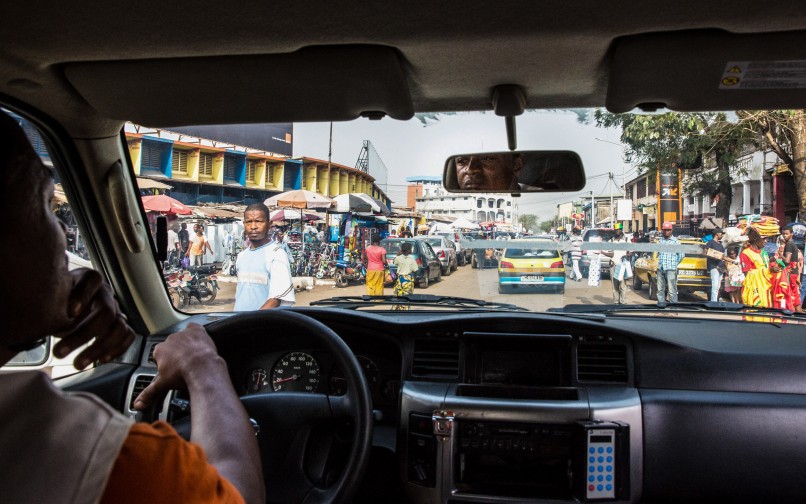Our objectives
Our work is guided by ten specific objectives. Each one relates to particular tasks within the project. Together, they support our overall ambition making a difference through new knowledge on migration, development and policy.
Our ten main objectives
1. Refining understandings of the multi-level determination of migration processes
Sweeping assumptions about the causes of migration—conflict, oppression, poverty—stand in the way of understanding how migration arises and unfolds. We build upon recent theoretical developments and collect large-scale data to produce new insights into root causes and other drivers of migration.
2. Documenting how configurations of policies and non-policy factors shape migration processes
Migration can usually not be explained by a single cause. We take a new approach by exploring how particular combinations of factors interact in shaping migration processes. These factors could be migration policies, policies in other areas, and factors that are unrelated to policy.
3. Refining understandings of the multi-level impacts of migration processes on development
Migration processes shape the opportunities, attitudes, and behaviour of individuals and families. These effects in turn affect the development of local areas and nations. We seek to understand how such micro-level mechanisms contribute to development outcomes.
4. Documenting how configurations of migration and non-migration factors shape development outcomes
The effects of migration on development are so complex and varied that overall conclusions often reflect fads more than facts. We take an evidence-based approach that concentrates on disentangling the composite and contradictory effects of migration at the local level.
5. Identifying opportunities for sound management of transit migration
European migration management is increasingly dependent on approaches to transit migration—that is, migration through third countries in the direction of Europe. We examine best practices, legal and ethical concerns, and opportunities for policy development concerning migrants in transit.
6. Examining the links between migration legislation and new policy tools for migration management
European migration policy and legislation is constantly evolving. New policy tools to manage migration increasingly take the form of instruments that are not legally binding. We critically evaluate the use of such ‘new’ policy instruments and their fit with the existing legislative framework.
7. Clarifying the links between migration management, development processes, and migrant integration
Our primary focus is on the links between migration and development in countries outside of Europe. However, the so-called migration–development nexus is also connected with migrant integration in European destination countries, and we aim to better understand these links.
8. Disentangling the foundations of policy incoherence in European migration and development policy
When polices seem to pull in different directions, it could be for several reasons: inconsistent objectives, political tensions, technical difficulties, and many other factors. We want to properly diagnose what causes incoherence in European policies on migration and development.
9. Assessing the effectiveness of the overall European approach to third-country cooperation on migration
It is well-established that Europe must cooperate with third countries to improve migration management. Yet the effectiveness of such cooperation remains unclear. We assess it by analyzing the tools that are used and how they work across different countries.
10. Ensuring impact through continuous, professional, and effective engagement with stakeholders
We aim to interact with stakeholders in ways that are continuous throughout the project lifetime; professional in their use of expertise on policy communications, and effective in the sense of concentrating resources where they have the greatest value-added.
